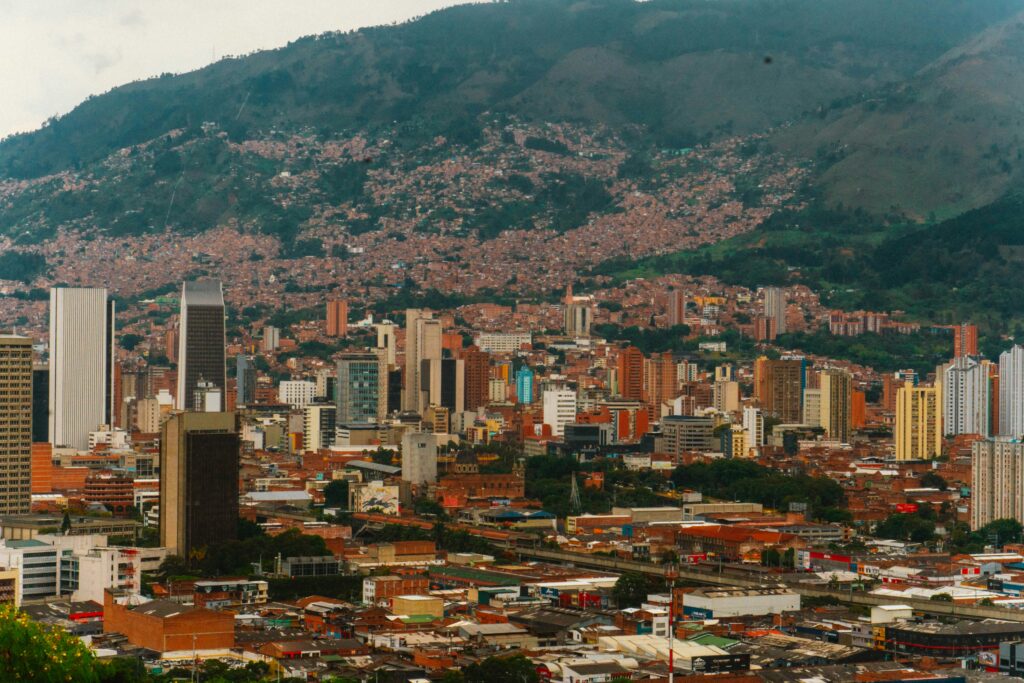The value of the Cuban peso in the country’s informal market has plummeted to record lows amidst the increased dollarization of the Cuban economy; 400 Cuban pesos are now worth $1 USD.
Miami-based outlet El Toque, an independent Cuba-focused multimedia platform, has a currency rate watch dashboard which tracks fluctuations of the value of the Cuban peso against foreign currencies in Cuba’s informal market on a daily basis.
The reference rate published by the tracker on August 11th revealed that the Cuban currency had fallen to its lowest ever value relative to the U.S. dollar. Last week, the tracker also reported that the value of the Cuban peso relative to the euro was the lowest it had ever been in the informal market at 445 Cuban pesos to the euro.
The discrepancy between the official and unofficial exchange rates, therefore, continues to grow; the fixed exchange rate of 24 Cuban pesos for 1 U.S. dollar remains in place for state companies selling goods to tourists.
The falling value of the Cuban peso is likely due to increasing financial hardship faced by the majority of the Cuban workforce, employed in the public sector. Their monthly salaries are paid by the state exclusively in the local currency, averaging 5,893 Cuban pesos ($14.6 USD).
Their low wages clash with the Caribbean island’s increasing cost of living. According to nonprofit online news platform The Conversation, consumer prices have quadrupled since 2020, while real national income remains more than 10% below pre-pandemic levels, with little improvement expected in 2025.
The peso’s plunge is widening Cuba’s economic divide between the dollar-earning “haves” and peso-earning “have-nots”. Earlier this year, the government began opening stores that only accept U.S. dollars as part of a bid to increase its access to foreign currency. Newspaper Havana Times estimates that over 200 state-run stores will operate exclusively in USD.
The peso-earning majority will not have access to the goods sold in these stores, which will likely lead to social friction, given that dollar-only stores are usually better-stocked than those accepting pesos.
Cuban economist Ricardo Torres told newspaper El País that the current crisis has left “people who have spent their lives working in … [the] system … marginalized from even basic consumption, just because they don’t have U.S. dollars.”
A Cuban shopper holds two notes of markedly different values.
Image Credit: Noticias Monumental via X
Cuba’s historic relationship with the American currency has been tumultuous. Fidel Castro, Cuba’s leader between 1959 and 2008, penalised dollar holdings in 1961 and only legalised the use of the dollar in Cuba in 1993 after the fall of the Soviet Union and the consequent economic crisis in the Caribbean island nation.
Castro then announced in 2004 that the dollar, once again, would no longer be accepted as legitimate tender in Cuba, citing then-U.S. President George Bush’s efforts to pressure banks to cut off dollar supplies and new restrictions on remittances from Cuban Americans to relatives on the island as justifications for the reinstatement of the dollar’s prohibition in commercial transactions.
The American currency was then partially reintroduced in Cuba in October 2019 and has since become an increasingly important feature of the country’s economy.
Its reintroduction, however, has sparked unusual controversy, drawing rare dissent from traditionally pro-government groups, including chapters of the University Student Federation (FEU) and local Communist Party newspapers. The Guantánamo-based outlet Venceremos, for instance, lamented the “virulent” incursion of the currency of the “empire”.
Featured Image: Cuban currency adorned with the visage of Che Guevara, one of the key figures of the Cuban Revolution.
Image Credit: Shin Yamasaki via Wikimedia Commons
License: Creative Commons Licenses
The post A monetary apartheid?: Informal value of the Cuban peso plummets against the dollar appeared first on Latin America Reports.


